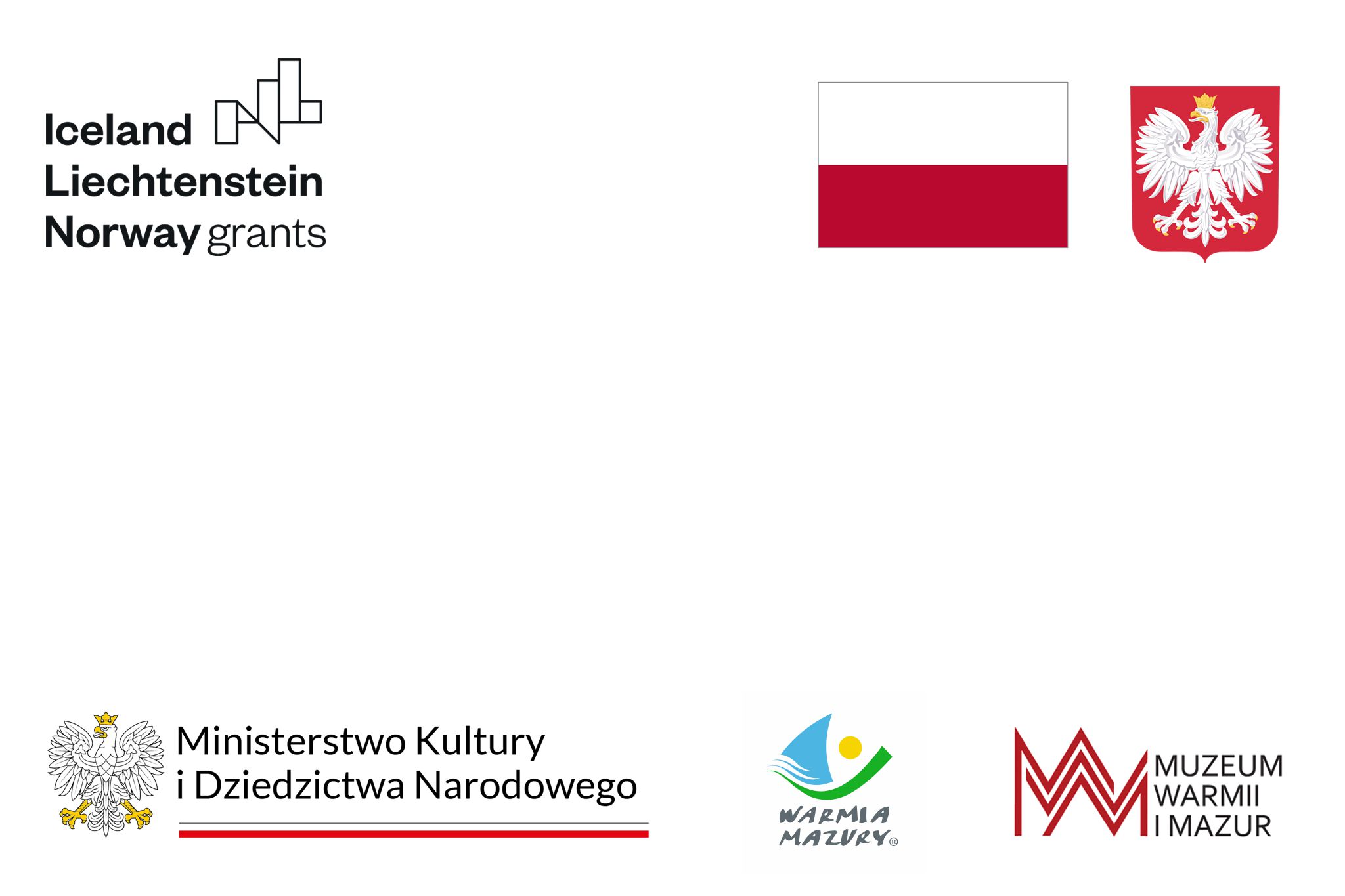When bishop John of Meissen "laid the foundations of the walls of the main castle in Lidzbark and led above the ground", did he realize that the emerging stronghold would enchant newcomers a few centuries later?
He certainly did not suspect that his descendants would come up with a marketing term for her: "Wawel of the North", although in the period of Lidzbark's splendour, the Kraków complex could not compare with the castle in the forks of the Łyna and Symsarna. It is certain that he initiated the construction of the castle not only for practical reasons, but also for ambitious ones. The stronghold in Braniewo, the first capital of the bishopric, although solid and powerful, seemed to him unrepresentative, not able to give the prestige due to the clergy. He observed the neighboring bishops: Chełmno in Lubawa and Pomesanian bishop in Prabuty, who, although not so wealthy, having under control smaller dioceses, built splendor residences.
Two more dignitaries are connected with the construction of the Heilsberg hillfort: Jan II Stryprock, who "successfully completed the main castle Lidzbark started by his predecessor, arranged all vaults underground and above ground in a larger part" and Henry Sorbom, builder of cloisters, initiator of surrounding the outer bailey with walls and moats and bringing the waterworks to the castle. We know this thanks to the custodian of the cathedral chapter, Jan Plastwig, the author of the "Chronicle of the life of the bishops of Warmia" – the first in the description of the history of Warmia.
Let us remind you that the gothic castle replaced the earlier stronghold, erected on the remains of the Prussian Lecbark, although not in the same place, because the practice of building Teutonic castles, as well as bishop's castles, was to erect them next to them, under the cover of wooden-earth defensive assumptions, where the outer bailey was created.
Mw
Bibliography:
Jackiewicz-Garniec Małgorzata, Garniec Mirosław, Bishops' Castle in Lidzbark Warmiński. Guide, Olsztyn 2017.
Jackiewicz-Garniec Małgorzata, Garniec Mirosław, Castles of the Teutonic State in Old Prussia, Olsztyn 2009.
Rzempołuch Andrzej, Chapel at the castle in Lidzbark Warmiński as a sacred space and a place of artistic foundations, [in:] Chapel at the castle in Lidzbark Warmiński. History, architecture, artistic foundations, conservation and restoration, Olsztyn 2010.
Two more dignitaries are connected with the construction of the Heilsberg hillfort: Jan II Stryprock, who "successfully completed the main castle Lidzbark started by his predecessor, arranged all vaults underground and above ground in a larger part" and Henry Sorbom, builder of cloisters, initiator of surrounding the outer bailey with walls and moats and bringing the waterworks to the castle. We know this thanks to the custodian of the cathedral chapter, Jan Plastwig, the author of the "Chronicle of the life of the bishops of Warmia" – the first in the description of the history of Warmia.
Let us remind you that the gothic castle replaced the earlier stronghold, erected on the remains of the Prussian Lecbark, although not in the same place, because the practice of building Teutonic castles, as well as bishop's castles, was to erect them next to them, under the cover of wooden-earth defensive assumptions, where the outer bailey was created.
Mw
Bibliography:
Jackiewicz-Garniec Małgorzata, Garniec Mirosław, Bishops' Castle in Lidzbark Warmiński. Guide, Olsztyn 2017.
Jackiewicz-Garniec Małgorzata, Garniec Mirosław, Castles of the Teutonic State in Old Prussia, Olsztyn 2009.
Rzempołuch Andrzej, Chapel at the castle in Lidzbark Warmiński as a sacred space and a place of artistic foundations, [in:] Chapel at the castle in Lidzbark Warmiński. History, architecture, artistic foundations, conservation and restoration, Olsztyn 2010.


